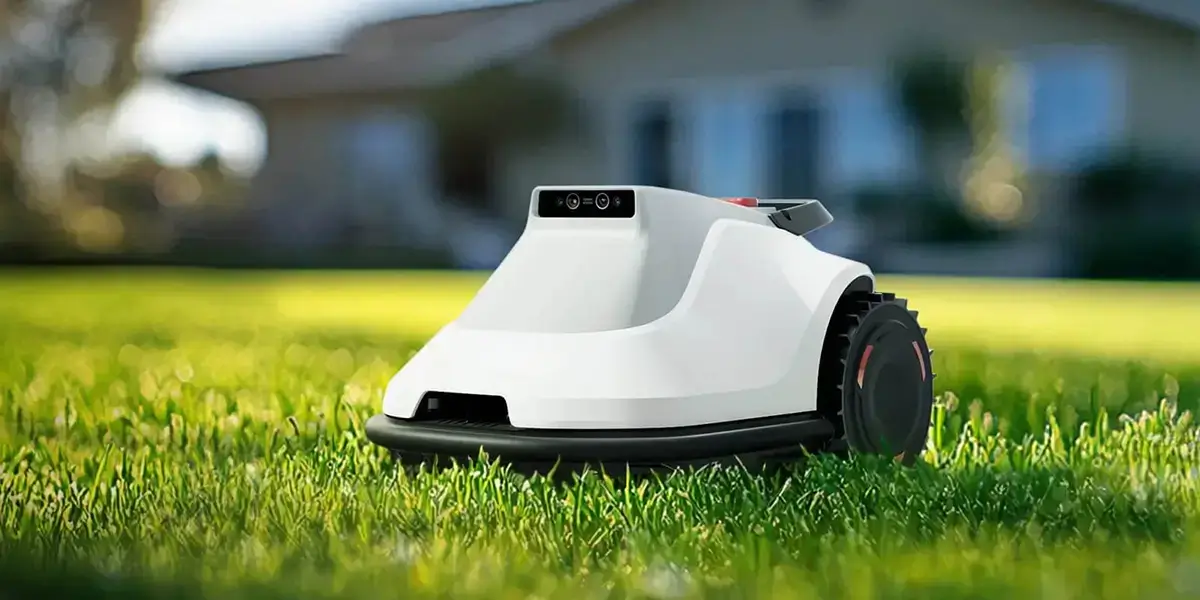part 1: The world of robotics and automation is packed with an array of components that punch well above their weight, and among them, the SG90 servo motor stands out as a quintessential example of precision, affordability, and ease of use. Whether you're a hobbyist planning your next drone project or an engineer designing sophisticated automation systems, understanding the SG90 datasheet unlocks a whole new level of insight into this tiny titan of the servo world.

The SG90 servo motor, often called a micro servo, has carved a niche within the realm of small robotics for its remarkable combination of size, power, and reliability. At first glance, it appears deceptively simple; a compact device measuring roughly 22.8 mm in width, 12.2 mm in height, and 40 mm in length, but its datasheet reveals a complex interplay of electrical and mechanical specifications that allow it to perform a multitude of tasks.
The datasheet is more than just a list of numbers—it is a blueprint detailing the motor's core capabilities, operational limits, and usage guidelines. For anyone interested in integrating an SG90 into a project, understanding this document becomes the first step towards achieving optimal performance.
Starting with the electrical characteristics, the SG90 datasheet indicates a typical operating voltage range of 4.8V to 6V. This range is compatible with many common microcontrollers like Arduino, Raspberry Pi (via a voltage regulator), and other embedded systems. The importance of adhering to this voltage window cannot be overstated; operating below can lead to inadequate torque and positional accuracy, while exceeding it risks damaging the servo.
Mechanical specifications presented in the datasheet unveil insights into the motor’s capabilities. The SG90 offers a standard rotation of 0 to 180 degrees, with a typical speed of 0.1 seconds per 60 degrees at 4.8V. This rapid movement is crucial for applications requiring quick positional adjustments, such as camera gimbals, robotic arms, or open-close mechanisms.
Torque, another essential parameter, is often cited at around 1.8 kg·cm at 4.8V and slightly higher at 6V, approximately 2.2 kg·cm. These values, while modest compared to larger servos, are more than enough for lightweight tasks, especially when coupled with precise control achieved via PWM signals.
One fascinating aspect of the SG90 datasheet is the detailed pinout and wiring instructions. The servo typically features three wires: brown or black for ground, red for power, and orange or yellow for control signal. Clear pin descriptions help hobbyists and engineers to connect the motor correctly, reducing the risk of mishaps and ensuring seamless integration.
From a durability perspective, the datasheet notes that the SG90 is rated for about 10,000 to 15,000 cycles, making it suitable for numerous applications, provided it’s not subjected to continuous overload or misuse. This lifespan is quite reasonable for most hobby target projects, and careful management can extend operational longevity.
In terms of control, the datasheet specifies the use of PWM (Pulse Width Modulation) signals to position the servo precisely. Duty cycles of about 1 ms to 2 ms correspond to the servo's extremities (0° to 180°). This standard allows compatibility with a broad range of microcontrollers and simplifies programming.
Thermal considerations are also addressed within the datasheet. It suggests that prolonged operation near stall current or under high loads can cause the motor to heat up, risking thermal shutdown or damage. Proper heat sinking and duty cycle management are recommended to ensure longevity.
Understanding the SG90 datasheet also involves considering its mechanical limitations. For example, the datasheet indicates that the servo is not designed for continuous rotation—it's primarily for precise angular positioning. Attempting to use it as a continuous servo can damage the internal gear assembly and void the warranty.
In summary, the SG90 datasheet marries complex technical specifications with accessible design, making this tiny motor a powerful tool for countless applications. Its voltage range, torque, speed, durability, and control interface are tailor-made for makers and professional engineers alike, and knowing these details empowers users to push the boundaries of what small, inexpensive components can accomplish.
Leveraging innovations in modular drive technology, Kpower integrates high-performance motors, precision reducers, and multi-protocol control systems to provide efficient and customized smart drive system solutions.




































